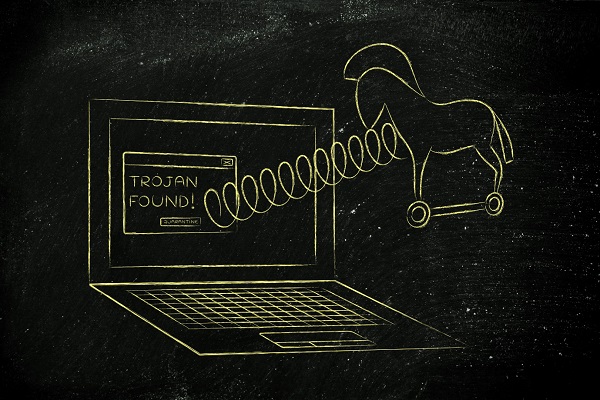
- Home
- Introduction
- History of Networking
- Terminologies
- Switching Techniques
- Transmission Media
- Network Devices
- Network Topologies
- Types of Networks
- Network Protocols
- Mobile Communication Protocols
- Mobile Communication Technologies
- Email Protocols
- VoIP
- Wireless Technologies
- Network Security
- Firewall
- Cookies
- Hacking
- Security Acts & Laws
- Web Services
Network Security
Computer networks are an integral part of our personal and professional lives because we carry out lots of day-to-day activities through the Internet or local organizational network. The downside of this is that huge amount of data, from official documents to personal details, gets shared over the network. So it becomes necessary to ensure that the data is not accessed by unauthorized people.
Practices adopted to monitor and prevent unauthorized access and misuse of network resources and data on them is called network security.

A network has two components hardware and software. Both these components have their own vulnerability to threats. Threat is a possible risk that might exploit a network weakness to breach security and cause harm. Examples of hardware threats include −
- Improper installation
- Use of unsecure components
- Electromagnetic interference from external sources
- Extreme weather conditions
- Lack of disaster planning
Hardware threats form only 10% of network security threats worldwide because the components need to be accessed physically. 90% threats are through software vulnerabilities. Here we discuss the major types of software security threats.
Virus
A virus is a malicious program or malware that attaches itself to a host and makes multiple copies of itself (like a real virus!), slowing down, corrupting or destroying the system.
Some harmful activities that can be undertaken by a virus are −
- Taking up memory space
- Accessing private information like credit card details
- Flashing unwanted messages on user screen
- Corrupting data
- Spamming e-mail contacts
Viruses mostly attack Windows systems. Till a few years ago, Mac systems were deemed immune from viruses, however now a handful of viruses for them exist as well.

Viruses spread through e-mails and need a host program to function. Whenever a new program runs on the infected system, the virus attaches itself to that program. If you are an expert who tinkers with the OS files, they can get infected too.
Trojan Horse
Trojan horse is a malware that hides itself within another program like games or documents and harms the system. As it is masked within another program that appears harmless, the user is not aware of the threat. It functions in a way similar to viruses in that it needs a host program to attach itself and harms systems in the same ways.

Trojan horses spread through emails and exchange of data through hard drives or pen drives. Even worms could spread Trojan horses.
Worms
Worms are autonomous programs sent by the attacker to infect a system by replicating itself. They usually infect multitasking systems that are connected to a network. Some of the harmful activities undertaken by worms include −
- Accessing and relaying back passwords stored on the system
- Interrupt OS functioning
- Disrupt services provided by the system
- Install viruses or Trojan horses
Spams
Electronic junk mail, unsolicited mail or junk newsroom postings are called spam. Sending multiple unsolicited mails simultaneously is called spamming. Spamming is usually done as part of marketing tactics to announce a product or share political or social views with a wide base of people.
The first spam mail was sent by Gary Thuerk on ARPANET in 1978 to announce launch of new model of Digital Equipment Corporation computers. It was sent to 393 recipients and together with lots of hue and cry it generated sales for the company as well.

Almost all mail servers give you the option of stopping spams by marking a received mail as junk. You should take care to share your email ID only with trusted people or websites, who will not sell them to spammers.